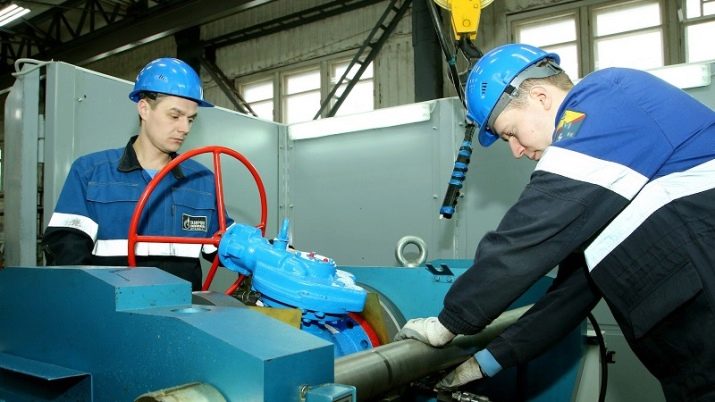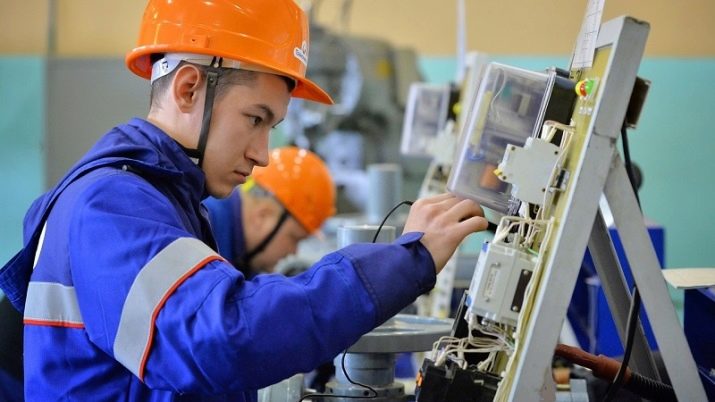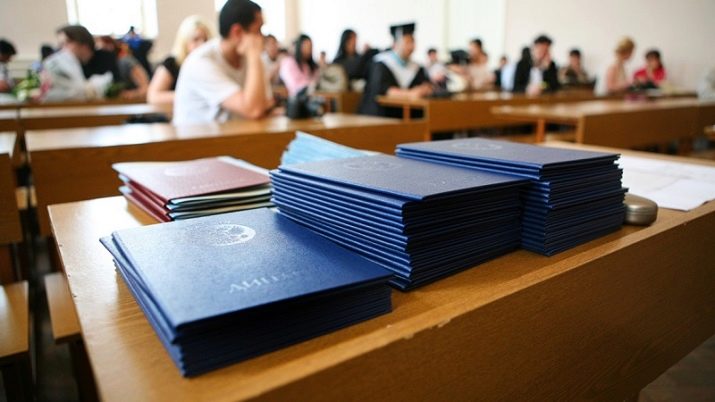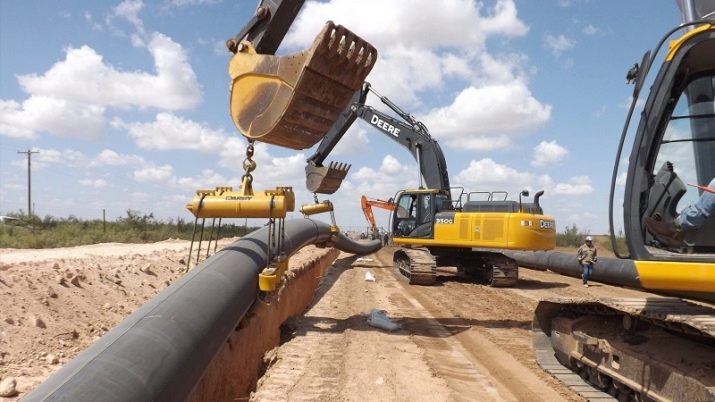Many professions exist now in the modern world. But people definitely need to know more information not only about office, but also about industrial work. Now it's time to find out all about the profession of fitters.
Features
As the name implies, Work as a fitter implies, first of all, the assembly of various mechanisms and their installation in specific places. This is a very important specialist, without his efforts no production can function normally. After all, if industrial lines, drives are not assembled, installed and installed, then the daily activities of the enterprise are impossible. The most expensive equipment and the most trained specialists will be useless. Electrical fitters can install:
- electrical (power and low current) networks;
- telephone lines;
- local area networks.

The formation of the plumbing infrastructure of an enterprise or a residential building is not complete without fitters. Important: locksmiths, unlike many other technical specialists, usually do not use machine tools. They work manually and use the same manual tool. Note: at least 70 locksmith professions are listed in one Russian ETKS. Among them, the position of a mechanic assembly worker is closest to the specialization of a fitter.
The characteristic features of such work will be:
- constant physical activity;
- the use of cutting and other metalworking tools;
- increased risk of injury;
- increased responsibility;
- exposure to a number of adverse factors, primarily noise and dust.
Assembly fitters can be trusted with the assembly of motors, production equipment and a variety of technical systems in residential, industrial and office buildings. This work is usually done in teams, which include a variety of specialists. Therefore, non-communicative people in the profession does not belong. Of course, you need excellent health and excellent eyesight, decent hearing, precise coordination of movements. Once every 5 years, fitters are retrained for at least 72 hours.
People will not be allowed to work, regardless of preparation, until the age of 18.

Responsibilities
The fitters should, when working, perform:
- state, regional, departmental standards and guidelines for their specialty;
- regulations governing internal regulations;
- orders and instructions of the organization’s management, their direct managers;
- job descriptions;
- fire, electrical, sanitary, biological, chemical, radiation and sanitary safety standards - depending on the industry and the facility, on the type of work performed;
- labor protection instructions;
- norms of industrial sanitation.
Fitter 3 categories:
- mount harnesses and simple blocks;
- substitute and undock plug connectors;
- dismantle sensors and instrumentation units;
- assemble and clean pipelines, cylinders, gearboxes, hoses, dehumidifiers, durite sleeves;
- check the technical condition of the installation points of the devices.
Fitter 4 categories:
- mount metal structures (for example, crane equipment);
- install steel frames of production furnaces;
- install heat-protecting structures of production furnaces;
- Mount metal structures of cableway supports and cranes;
- assemble steel ropes at a height of up to 30 m;
- install and test glass pipelines;
- install fittings made of glass;
- strip welds on pipes under anti-corrosion coatings;
- They are engaged in welding pipes made of polyethylene, PVC or vinyl plastic.

Fitter 2 categories:
- stack steel flooring on platforms, brake farms;
- sheathe metal, concrete and wooden structures with steel sheets;
- fixed permanent bolted connections;
- apply anti-corrosion coating on embedded parts;
- carry out enlargement assembly;
- hook steel structures made of concrete and reinforced concrete with lifting slings for the provided elements;
- drive the threads of nuts and bolts;
- work on a manual winch;
- set and remove the bolts.
Besides, fitters are involved in the installation of technological equipment and its individual systems. The complexity of the installed equipment is determined by the rank of a specialist. These masters can direct to preventive, preventive, small-term and major repairs of communications, technical systems. Then the fitter will adjust, adjust and test the equipment, conduct hydraulic and pneumatic tests as needed.
And finally, this specialist can fit the details of the pipelines, disassemble and assemble the heating sections, heat exchangers, works with sewage, ventilation, steam pipelines, gas supply systems, drains.

Knowledge and skills
Installers at level 3 should know:
- How are the harnesses mounted?
- how the target equipment is mounted and dismantled;
- chemical composition of solders and fluxes, their chemical and physical properties;
- installation of pipelines, hoses, electrical wiring and insulation;
- rules for electrical measurements and materials;
- rules for reading electrical and structural diagrams, working documentation;
- basic fundamentals of electrical engineering.

Training
The training of fitters of various categories is carried out in accordance with:
- a list of professions introduced by order of the Ministry of Education in July 2013;
- single tariff qualification reference book;
- OKPDTR.
A typical training program includes the development of such theoretical disciplines as industrial economics, materials science, technical drawing, labor protection. It also includes practical locksmithing. That’s how they are taught, for example, in ANO DPO "Comprehensive training center for retraining of personnel" (Moscow). Alternatively, you can consider:
- training center "Basis" (Astrakhan);
- College of Shipbuilding and Applied Technologies (St. Petersburg);
- Faculty of Technology of the Marine Technical University of St. Petersburg;
- Polytechnic College of Nizhny Novgorod;
- shipbuilding college of Vladivostok;
- Industrial College of Energy and Communications (Vladivostok);
- Tyumen College of Water Transport;
- College of Construction and Urban Economics (Cheboksary);
- College of Radio Engineering of St. Petersburg;
- College of Railway Transport and Communications (Volgograd);
- College of Radio Electronics and Telecommunications (Yaroslavl).

Where does it work?
Already a short list of educational institutions where fitter-installers are trained shows: many of them will find jobs in ports, in the civilian and navy. But there are decent prospects for those who are not going to associate themselves with shipwork. Such specialists are in demand:
- at industrial enterprises;
- in service departments;
- in companies for laying and arranging pipelines;
- in management companies;
- in organizations in the housing sector;
- on land transport;
- in office, exhibition complexes (or rather, their technical services).











